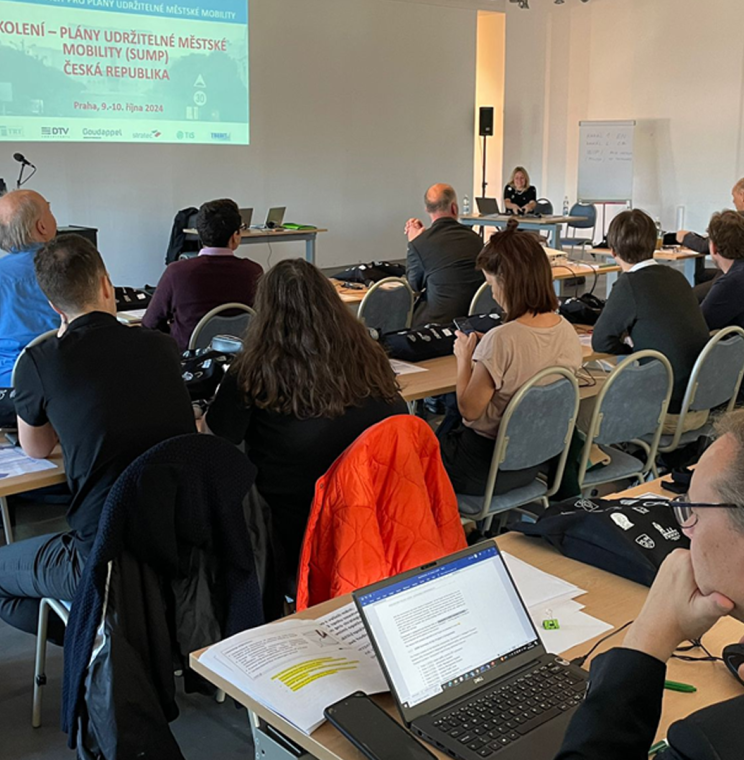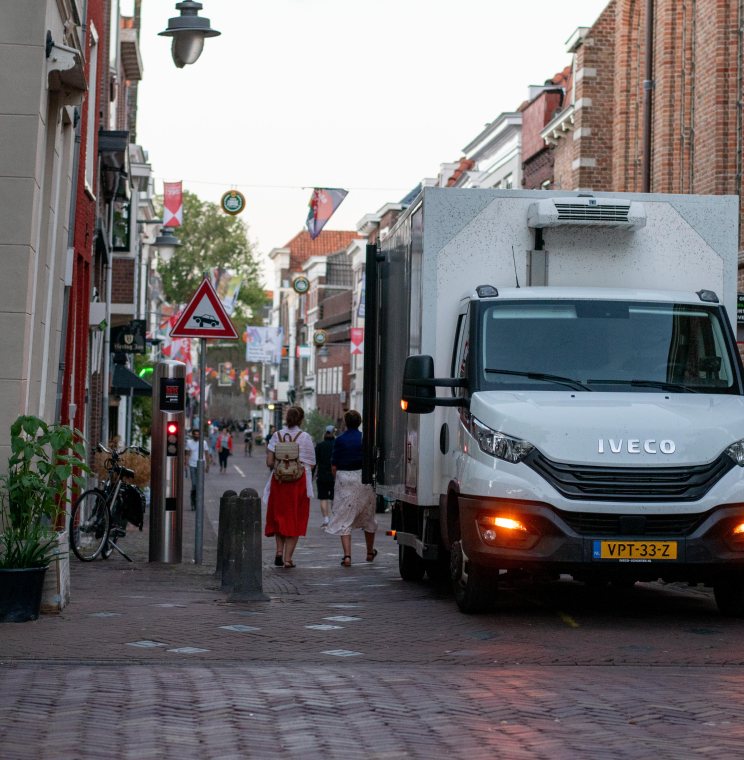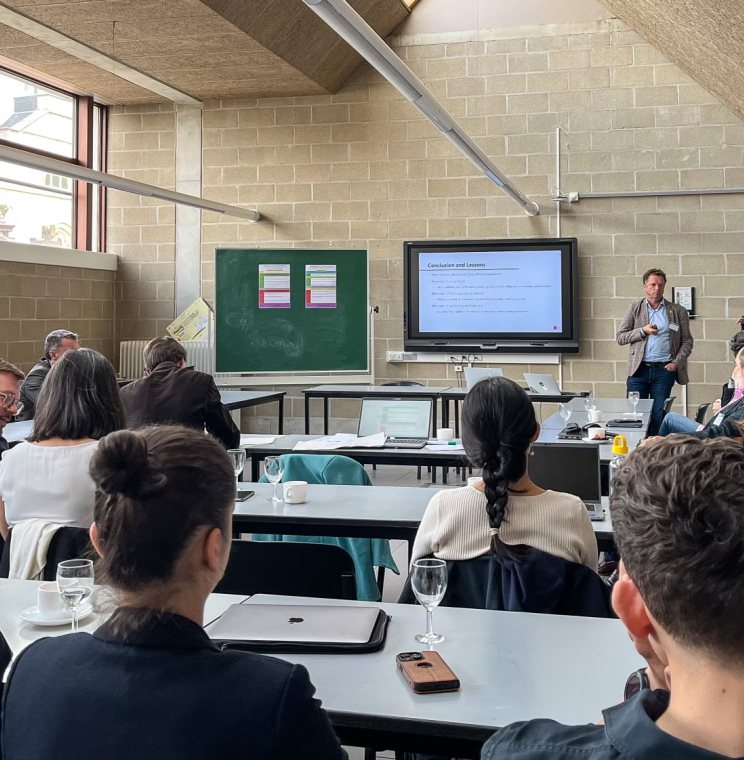Goudappel works with North Holland province to assess impact of smart mobility
A lot is still unknown about the effects of smart mobility measures. However, at the initiative of the North Holland provincial authorities, a methodology has been developed for the first time in the Netherlands allowing an assessment to be made of the impact of measures specified in the province's Smart Mobility Focus Plan 2022-2025.
Provincial experts and consultants from Goudappel teamed up to investigate the proposed measures on the basis of a literature study and measures previously assessed. The methodology and assumptions adopted will be reviewed by other experts over the next few months (expert judgement) and presented internationally at the end of the year. Aart de Koning, Luc Wismans, and Martijn Legêne, researchers at Goudappel, explain: “Based on current insights we believe that the total set of measures can lead to significant improvements in accessibility, road safety, quality of life, and the environment.”
From provincial objectives to measurable indicators
In order to quantify the impact of smart mobility measures, the provincial authorities’ objectives were first of all split into a number of indicators. The direct impact of a variety of smart mobility measures on those indicators was then determined by combining sociodemographic data and information from the literature, reference projects, and expert estimates. That produced quick scans which delivered the first quantitative insights. Among other things, the assessment looked at the different types of areas within the province, the impact on the modal split (change of transport mode), traffic throughflow, (vehicle kilometres and travel time losses), road safety, and health and the environment (including noise and emissions).
As it turned out, the impacts on the modal split, vehicle kilometres and traffic accidents could be estimated effectively using the available statistics. But indicators such as noise production, distance to the public transport system, public transport convenience, and door-to-door journey times proved more difficult to determine. However, once the measures have been made more specific, a more detailed assessment will be able to measure these effects with greater certainty as well.
The success of some measures will sometimes depend strongly on factors beyond the authorities’ immediate control. Examples include legislation permitting autonomous/semi-autonomous vehicles and the proper functioning of communications between vehicles from different suppliers.
Highly effective tool
As stated, the methodology developed will need to be tested further. The preliminary outcomes show that smart mobility applications have a very positive impact on road safety and the environment. This leads to the cautious conclusion that the proposed measures are a highly effective way of helping achieve the provincial objectives and making traffic smart, clean, and safe. It should be noted, however, that it has not yet been possible to assess all of the impacts. The provincial authorities also rely on municipal, national and international policies and regulations to achieve the impacts. And other measures (better cycling and public transport infrastructure, pricing policy, energy transition) will remain necessary for smart mobility measures to have a lasting effect.
Client: North Holland provincial authorities
Year: 2021







